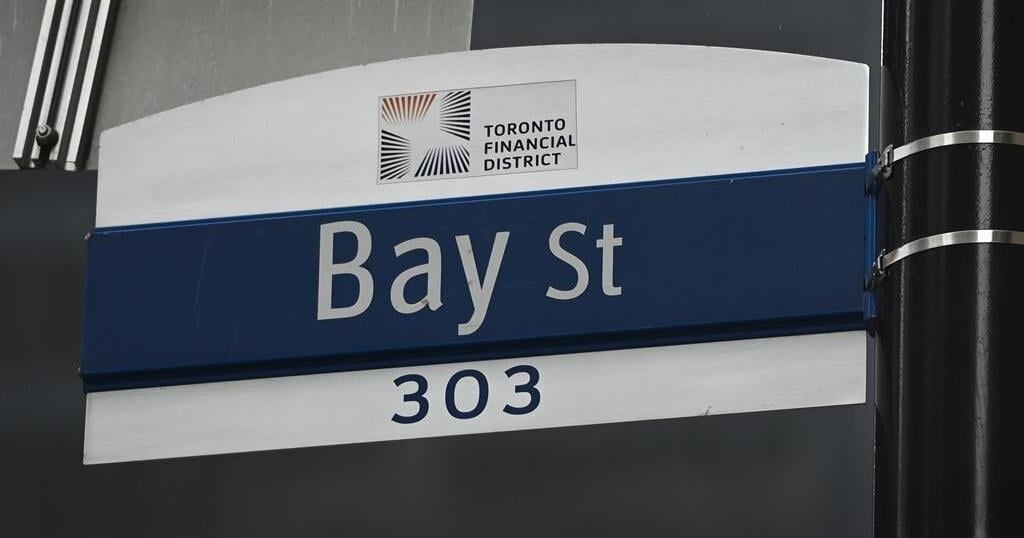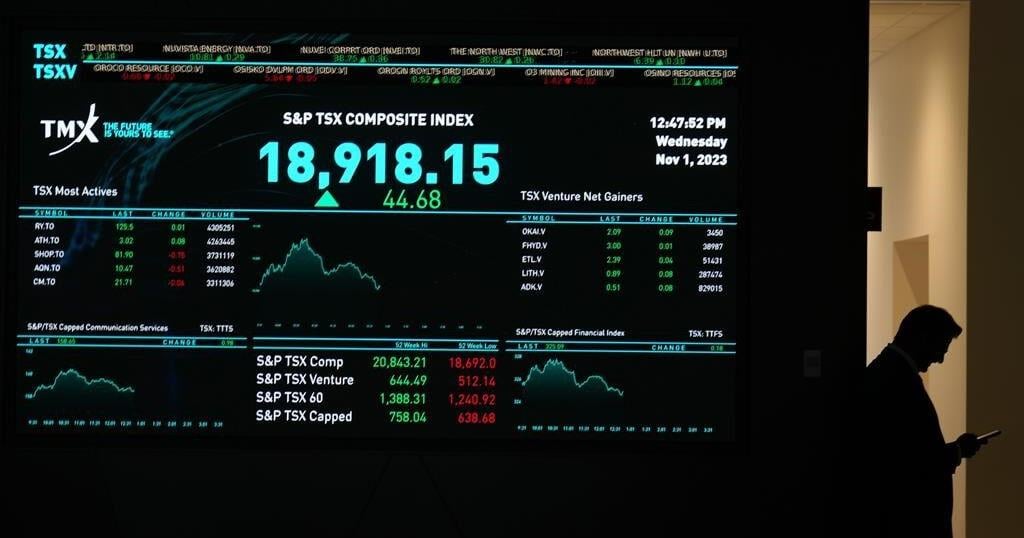Some drivers who bought their vehicle within the past couple of years when auto prices were hovering around record highs are now facing the reality that they’re underwater with their car loans.
“We saw some rare (price) appreciation during the time that consumers were purchasing these high-priced cars,” Daniel Ross of Canadian Black Book said of the auto market during the pandemic years.
Global supply chain disruptions stemming from the pandemic left the auto market with low inventory — and coupled with high consumer demand — auto prices surged, Ross said.
Some of those issues have since begun to normalize, allowing prices to ease, but it’s left some consumers owing more on their auto loan than the car is now currently worth. It’s referred to as negative equity, or being underwater.
As with the vast majority of vehicles, they’re a depreciating asset, so for those who purchased their car when prices were high, their “vehicle will continue to lose lots of value because it was probably overpriced at that time,” Ross said.
On average, people who were underwater saw the negative equity in their cars climb to a record high of US$6,255 in the second quarter this year, compared with US$4,487 in the second quarter of 2022, a July report from auto retail platform Edmunds showed.
Trade-ins with negative equity also jumped, Edmunds said in its report.
“If you’re in a negative equity position, it’s not easy to get out of that,” Ross said.
For drivers who are in this situation, it’s better to drive that car into the ground and just keep paying off the loan, he said.
“It’s wisest to work with the devil, so to speak, as opposed to getting into something else — a new scenario,” such as trading in or buying a new vehicle.
Halifax-based financial planner and Aergo Financial Planning founder Ben Mayhewsaid negativeequityis usually resolved when left to itself.
When a driver stays the course — keeps the car and pays down the loan — the value of the loan will cross the car’s value and balance out at some point, Mayhew said.
But if a driver must get out of the negative equity situation, Mayhew suggested refinancing the loan at a lower rate. Many people got into higher interest rate loans during the big supply crunch and rising interest rates, he said.
“It will be beneficial to both refinance to a lower rate as well as to a shorter term … to reduce that financial strain,” Mayhew said.
Delinquencies were rising in the second quarter of 2024 for both non-bank and bank loans, an Equifax report showed. Missed payments on bank loans for vehicles were at their highest since 2019 while the 90-day balance delinquency rate for non-bank loans was up 26.8 per cent from a year ago.
If refinancing is off the table, car owners could look into paying down the loan faster and narrowing the loan-to-equity gap, though Mayhew said that can be challenging as many people are also contending with the high cost of living.
Although not ideal, Mayhew said drivers can consider trading in their vehicles with negative equity for another car and roll the current debt into the new loan.
“The thing to be careful about is that we don’t want to have a perpetual cycle,” Mayhew warned. He added the payment plan of the new vehicle shouldn’t only be based on what the driver can afford.
Instead, a driver should be aware of the price of the car, the negative equity that’s getting rolled into it and how that’s going to look — not just today but over the life of the loan and the vehicle, Mayhew said. He suggested going for older vehicles that have already passed the steep depreciation curve.
“Being underwater on a new car when driving off the lot is definitely a tough spot to be in,” he said.
It’s better to buy a new car with as big of a down payment as possible to avoid piling interest costs on a depreciating asset — and save the rolling negative equity trouble.
Mohamed Bouchama, a consultant with non-profit Car Help Canada, suggests not falling for tempting leasing and financing advertisements to avoid the risk of being underwater.
“If you can’t afford it, don’t buy it, buy something cheaper,” he said.
Bouchama said the golden rule to avoid negative equity is to not go over a five-year term for financing, or a three- or four-year term for leasing, and to budget with other related costs in mind, such as gas, insurance and maintenance.
“When you buy a car, make sure you can afford it,” he said.
This report by The Canadian Press was first published Sept. 24, 2024.

























